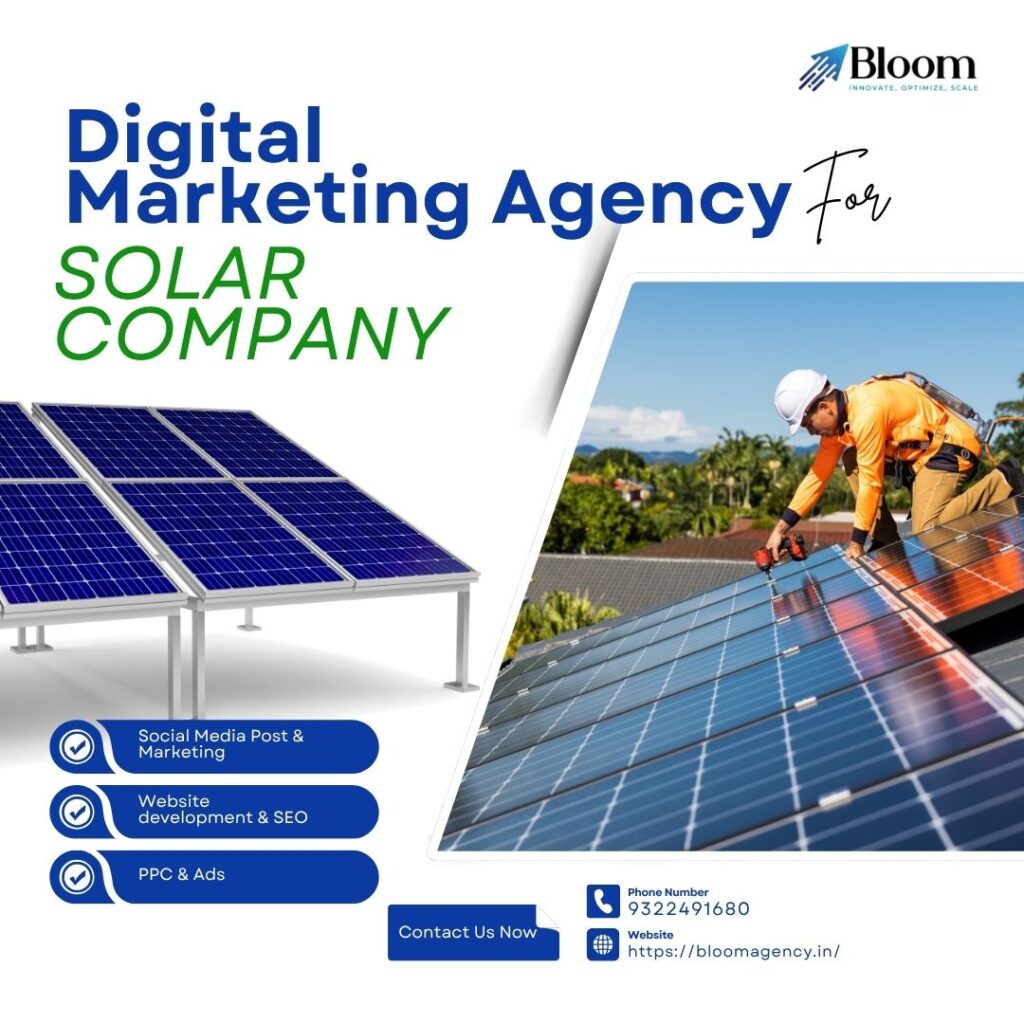What First-Time Visitors Perceive When They Land on Your Website
Table of Contents
Toggle1. Split-Second Decisions Define User Perception
Before any content is consumed, the aesthetic of the website is already under a composite appraisal. Research has proven that first impressions are made in the blink of an eye, or rather, in 50 milliseconds. Yes, a split second! In such a fleeting moment lies the possibility of a split second where you might either grab or lose a visitor’s attention. If an already slow and cluttered site doesn’t attract them further, chances are they’ll just take a walk to a competing site that is more beautiful and user-friendly.Never undermine the importance of a website design company.
Make those first moments count with the following ways:
Count Clean Layouts as Priority: Never clutter your pages with unneeded items. A simple and well-structured design with a clear hierarchy allows an easy information gulp for your visitors, who end up feeling the way out. Indeed, less is more where user interface design is concerned.
Focus on the User First: Look at the other side of the design coin — the aesthetics — and weigh them against the needs of the user. Employ tools like behavioral analytics or AI-powered personalization to show users content with which they would prefer to engage. The more relevant your website appears to be, the greater the chance users will hang around.
Seed Trust Early: BeginLoading content with some sort of assurance that a new user has come to safe hands. Use visual elements of trustworthiness, including security guarantees, client testimonials, partner logos, and professional branding. These symbols give users the confidence to engage any further.
Statistics to back:
88% of consumers will stand by the statement that they are unlikely to return to a site after a bad experience, putting stock on easy-to-use design.
Expect user attention to be occupied by the content above the page fold while scrolling; time to get your core value placed there.
PWC has indicated that 32% of consumers will leave over inconsistent experiences, with more than half abandoning the brand after several negative interactions.
2. Trustworthiness Begins With Your Website’s Look
Design drives user perception; the importance of your website’s look is paramount in fostering a positive view of your business. Heavy-handed, clumsy, and unprofessional-looking websites send strong signals about the company’s potential lack of trustworthiness. Three-quarters of respondents claim they judge credibility based on design alone, making first impressions of even greater importance.
Things you can do to win user trust by way of the design of your website:
Use visuals with high resolution: Never use blurry, pixelated, or irrelevant images that can produce negative impressions about your brand; spend money on sharp images that represent your brand character and quality.
Easy to navigate: No user should feel confused or lost while using a particular website. Adopt well-known navigation standards with self-explanatory labels in the menus and logical arrangement of pages to ensure the user’s intent can be fulfilled without any struggles.
Showcasing trust factorials and security cues: Online skepticism is evergreen; it can be quelled by verified trust signals. Display authorization seals, customer reviews, and SSL encryption visibly with secure payment options to boost user confidence.
Choose appropriate typography: Font styles impact readability and perception. Stick to clean, modern typefaces that align with your brand identity. Avoid novelty fonts that might look fun but reduce clarity or professionalism.
Maintain consistency across all pages: Disjointed visual styles, mismatched colors, or conflicting themes confuse users and reduce credibility. Create a unified experience by applying a consistent design system sitewide.
Consider these key stats:
- Forrester Research suggests a well-designed user experience can improve conversion rates by up to 200%.
- eCommerce businesses lose roughly 35% of potential revenue due to poor design or UX issues.
- 50% of Gen Z users express dissatisfaction with digital experiences, indicating a demand for better design standards.
- Baymard Institute found 25% of users abandon purchases due to concerns over payment security.
3. Navigation and Layout Influence User Judgments
The structure of a website can either act as a guiding light or a deterrent for the user. With confusing navigation, users become disinterested very quickly. In fact, according to some recent findings, around 70% of users judge the quality of the website purely on layout and navigation.
To create a layout that makes browsing easier:
Make the menus user-friendly: Language that is common and devoid of jargon is useful in menu items. Visitors should know exactly where they are going with each link, and the less mystery, the less frustration is engendered and the lower the bounce rate.
Include breadcrumb trails: Breadcrumb navigation isn’t only for larger websites. It shows users where they are on the site and allows them to retrace their steps easily, thus aiding retention lessening confusion.
Put content together in a logical structure: Create relevant categories or parent pages to group related content together. Such logical structures enable users to scan and find what they are looking for without being overwhelmed.
Make sure usability testing occurs often: Testing helps identify problem areas in the navigation flow when it is performed with real users. Hotjar and Crazy Egg provide heatmaps and session recordings for visual insight.
Design with an eye toward responsive action: Navigation should work seamlessly on mobile. Besides collapsible menus, there must also be buttons that are large enough to be tapped with minimum error.
Why Your Website Isn’t Driving Conversions — And How to Fix It
4. Speed is the Secret to Boosting Conversions
Speed is not merely a metric; it is a conversion determinant. Portent’s research shows that sites that load within one second convert three times as many users as those with slower loading times. Every delay means lost potential users, hence lost revenue.
To make your website faster:
Run frequent speed diagnoses: Use GTmetrix/PageSpeed Insights to see where your site is slow. They give tailored advice for optimizing performance, including help with image compression and server response time.
Properly compress images: Large images slow down load time. You can compress images with tools like TinyPNG and ensure fast user experience and a clean site without sacrificing quality.
Clean up back-end scripts: If you have unused or poorly written plugins in your code, they can slow everything down. Conduct regular audits of your site, and erase anything that may not add valuable function or user experience.
Use CDN for global reach: Content Delivery Networks save your data to servers around the world, enabling your users to load information from the server nearest to them, drastically improving load speeds.
Supporting metrics:
A site that loads in 1 second can have a conversion rate 5 times as high as a site that loads in 10 seconds.
As load time is increased from 1-3 seconds, conversion rates drop from 40% to 29%.
Every second of delay decreases conversions by 0.3%: hence speed became a dealmaker.
5. Better UX = Fewer Abandoned Carts
Cart abandonment is one of the most consuming downsides of eCommerce sites, with rates hovering above 70%. But many of those lost conversions can be reclaimed with thoughtful UX improvements by a website design company.
Optimize your checkout experience with these techniques:
Simplify the purchase steps: It is really tiring to have a long, multi-page checkout. So limit your number of form fields, eliminate duplicate steps, and use a one-page checkout layout or layout that really reduces the buying process.
Enable Guest Checkout: A new user must sign up or create a profile if they want to shop on your website. It has a definite bad side, though, as there are many besides that for first-time visitors just wanting a quick transaction.
Increase Payment Options: Different users use different means of paying. By providing credit cards, e-wallets, and BNPL services, you thereby increase the size of your audience and reduce abandonment issues due to payment.
Make absolutely certain all prices are upfront: Unexpected charges–a.k.a. shipping costs that turn out to be exorbitantly high–will annoy your users and send them off with abandon on their cart. First, you need trust to be built by making sure all the costs are known from the beginning.
Relevant Understandings:
22% of users have abandoned carts primarily due to long checkout processes or those requiring numerous steps.
A well-designed site instills the trust needed to convert first-time buyers.
Mobile UX: The Non-Negotiable Element of Modern Design
6. Mobile-Friendly Experiences Are Now the Standard
While over two-thirds of the users prefer browsing and shopping on mobile, the website must be mobile-optimized; otherwise, it must lose a great number of its audience, just hire an website design company to solve this keen issue.
Mobile usability improvement practices:
Design for touch interaction: Ensure that buttons and similar clickable elements are large enough for fingers and spaced apart adequately. Don’t bunch interactive things together too tightly to avoid misclicks.
Narrow navigation for mobile: While impressive on a desktop, huge menus translate pathetically to smaller screens. Organize such navigation using the hamburger menus or collapsible elements.
Simple mobile payments: Avoid making mobile users jump through hoops to quickly and securely checkout.
Check velocity on all devices: It is understood that mobile users would expect almost instantaneous loading. Utilize performance testing tools designed specifically for mobile experiences for fine-tuning speed.
Key Mobile Statistics:
76% now shop via smartphones, which makes clear that this is their place for building mobile-first designs.
In 2024, over 61% of global traffic witnessed the web through mobile devices.
Google’s mobile-first indexing now deprioritized sites that aren’t mobile-accessible.
7. Responsive Design is Linked to Higher Sales
Responsive Design Adds Up to More Sales As companies implement responsive design, significant increases in sales have been reported. With users going online viewing their websites on countless numbers of screens, a responsive layout provides your brand with an always-captivating look.
Effect of Making Your Site Adaptive to These Techniques:
Flexible Grids & Containers: CSS Grid and Flexbox make it possible for content to reposition itself according to the size of the probable browsers-it’s a really better browsing experience when at desktops, tablets, and even smartphones.
Use responsive image techniques: Use src set for HTML to load images of an appropriate size for different devices. SVGs, on the other hand, can scale without losing resolution.
Use scalable typography: Typographic techniques should be based on relative units like rem or vw, whereby every screen has appropriate readability for typography.
Thoroughly test on each device: Do not assume that your site works on all screens; actively test on emulators and real devices to catch any inconsistencies or UI bugs.
Add media queries: Use CSS media queries to help you fine-tune changing layouts and cosmetic features based on device characteristics.
Why It Matters:
Adobe states that responsive design can enhance engagement by 20%.
Almost 73.1% of visitors are leaving non-responsive sites in a hurry.
60 %+ of users in the U.S. consider mobile access to be vital in their online purchase decision.
Creating Value-Driven User Engagement
8. Personalization is What Users Want — and Expect
Customers today are expecting personalized digital experiences. Still, 61% believe they are not being catered to and have the feeling of just-a-number treatment. This discrepancy creates a big hole in user satisfaction and loyalty and can be solved with an website design company.
Web experiential personalization includes the following:
Real-time behavior tracking: Analyze the random, on-site behavior of users to alter the content, offers, or product suggestions they would see. This keeps the experiences relevant and fun.
Hyper-personalization: Names and locations are not enough. Personalization entails using purchase history, online browsing behavior, and interests to deliver content that feels hand-curated for just that user.
AI and machine learning: Automating personalization at scale helps you respond to user behavior in real time and with great accuracy.
Ethical data usage comes first: Be clear about how you are going to use their data. This transparency, together with an easy opt-in/opt-out option, can win the users’ trust.
Key Stats:
73% of consumers expect personalization to evolve together with technology
Companies pioneering personalized marketing are growing revenue faster.
76% of users are frustrated when there is no personalization.
9. Video is the Most Engaging Content Type
By 2025, video is a standard, not an exception. Video is an essential engagement and conversion tool for 89% of businesses as a part of their customer web strategy.
Video optimization must go:
Strategic video placement: Videos should appear on the homepage, product pages, and testimonies to maintain user attention and give visual context to product offerings.
Ensure mobile optimization: Video dimensions need to be tailored for viewing via smartphones and tablets and loading speed granted for smooth playback on the go.
Use proper tagging for SEO enhancement: Give it a descriptive title, include a transcript, and write a keyword-rich description to maximize its discoverability and help rank your contents in search.
Add interactive elements: Add embedded forms, calls to action, or links within the video itself to boost interactivity and prompt users to get involved instantly.
Powerful Video Stats:
- 82% of businesses say videos help keep users on-site longer.
- 99% of marketers say videos improve understanding of products or services.
- 73% of viewers prefer short videos — between 30 seconds to 2 minutes.
10. Personalization Pays Off — Literally
According to Twilio Segment’s research, personalization consistently delivers strong ROI. A whopping 89% of marketers report as much as $20 return for every $1 spent with the help of a website design company.
Turn personalization into measurable results:
Track behavioral interactions: Monitor clicks, scrolls, and past behavior to shape each user’s journey in real time. This keeps users more engaged and more likely to convert.
Segment your audience deeply: Divide users based on demographics, behaviors, and preferences. Tailor your content, offers, and experiences to match the expectations of each segment.
Automate with intelligence: Smart automation tools help scale personalization across large audiences while keeping the experience relevant and timely.
Balance relevance with respect: Maintain transparency about your data use, offer opt-out features, and make personalization feel like a benefit — not an intrusion.
Supporting Trends:
- 86% of leaders anticipate a move from reactive to predictive personalization.
- 89% believe personalized experiences are vital to future business success.
- 58% expect AI chatbots to lead in delivering personalized interactions.
Closing Thoughts: Design Is More Than Aesthetic — It’s Strategy
The data proves it: great design is more than visual appeal — it’s a business imperative. From building trust and boosting conversions to preventing bounce and maximizing personalization, the right design decisions make a real impact.
If your website isn’t up to speed in areas like user experience, load times, mobile responsiveness, and personalization, now’s the time to fix it. Your competition won’t wait, and neither will your customers. Contact our experienced website design company now for the ultimate guide roadmap to create your own business website












Rahul M.
B2B Service Provider